Conservation of biodiversity and mother tongue during coronavirus pandemic
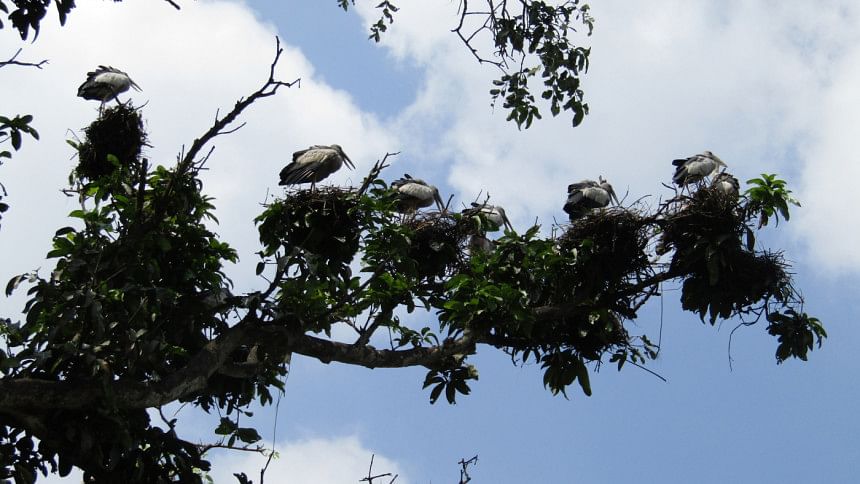
Fear, despair, pain are all around us in the time of corona. The outbreak of the virus has been devastating for humankind.
However, there has been an awakening about the importance of the natural ecosystem. The United Nations, in their two successive world days, have attempted to highlight the uncertainty regarding nature and biodiversity. The theme of the last International Day for Biological Diversity was "Our solutions are in nature" and the theme of World Environment Day was "Celebrate biodiversity".
In this time of corona, I would like to understand the interdependent relationship(s) shared between nature and culture. I am curious about what the end result(s) will be, if a bird or a plant or a human perishes. Perhaps, there are a lot of consequences: disruption in the food-chain, ripped ecosystem, and many more. For instance, when the Nanid (an extinct local fish of haor ecosystem) disappears from nature, it vanishes from our language spectrum as well. Conversely, when a person – who has the utterance of Nanid in their mother tongue – disappears, the language containing Nanid goes missing as well. Similar to the way countless species of the world are on the verge of extinction, an unaccounted number of mother languages is also on the throes of disappearance. The "Biodiversity Question" during the time of corona should be studied from the lens of the complex relationship shared between the critical synthesis of nature and culture.
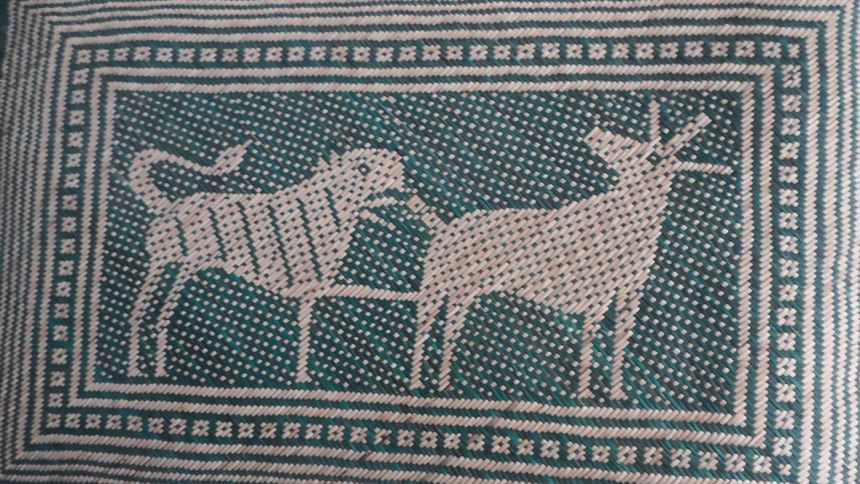
In this time of corona, hundreds of thousands of human beings have lost their lives. Along with humans, the Sumatran Rhinos in Malaysia, countless insects and microorganisms have gone missing as well. We have also lost a mother tongue as a consequence. The Sare language of the Andaman-Nicobar Islands in India has been lost during this pandemic, through the death of its last orators. To conserve biodiversity, it is therefore important to emphasise upon the diversity of nature and culture both. Who is at risk, why, and how? It is essential to understand, simultaneously, on the one hand, the reptiles, birds, insects, mammals and, on the other hand, all those who speak endangered languages and possess indigenous knowledge. Since we know that the Bengal Tiger, vultures, Irrawaddy dolphins and spoon-billed sand pipers are declining in number and are at the brink of extinction, we tend to be more attentive towards their conservation. The same kind of attention and importance is due for the fading number of people speaking different languages and the culture of nations that are faced with extinction.
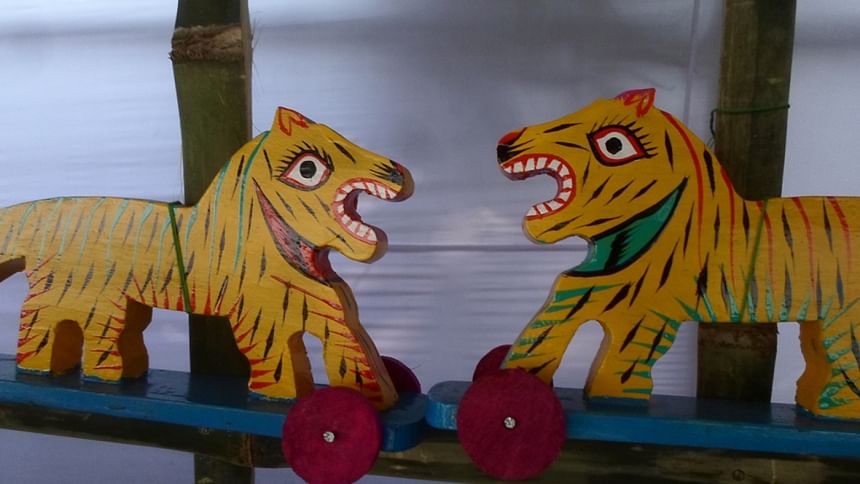
In Sherpur district there are only 28 families that speak the Margan Koch language. Bandarban has only 30 people speaking the Rengmitcha language. And in Dinajpur only 98 families now remain who speak the Kora language. Amidst this pandemic, the safeguarding of the mother tongue of these people is critical. A demand for special protection for endangered language groups, including those in the Amazon rainforest and the Papua Islands, has been emerging. A universal framework for this global focus, including Bangladesh, needs to be strengthened. This is a particular message for the conservation of biodiversity and nature. We need to understand the diversity of life from the complex equation of nature and culture by going beyond ethnocentrism.
Life, nature and mother language
Similar to the connection between Siamese twins – when one is hurt the other whimpers and one's aching heart pains the other – language and biodiversity are inseparable. Likewise, these concepts interact with each other, and their harmonious interconnections broaden the field of communication. That is why language is in no way a one-sided, singular medium. A vivid grammar of river-language is developed in the subaltern culture, centred on this river-world. When ethnocentric development or corporate hegemony in an era of neo-liberalism tears up rivers into slices through killing, grabbing or colonising them, the river language ought to change as well. The language of these river basins no longer remains authentic as a medium of communication. The extinction of a species means the disappearance of all its amazement and existence from language.
Piprar chokh (an ant's grain-sized eye) is the name of a local variety of rice found during the Aman season. On the husk of this grain, i.e. piprar chokh, there is a small black dot resembling an ant's eye; that is why it is named as such. Mymensingh and Netrakona regions are the lands of this paddy. This variety of rice is no more. In most cases, such disappearances are often labelled as extinction of biodiversity. However, with the extinction of a particular grain, stories related to that grain disappear. We have never brought this issue up in our discussions on the conservation of language and biodiversity.

What happens when a bird disappears?
Who cares that the Sumatran Rhinos disappeared from the face of the earth during the time of corona? Or what will happen as a result of a number of known and unknown species lost in the Amazon fires or in Australia? The world's ecological chain will fall apart. It will be as dreadful as this corona episode. The coronavirus, once, was thought to be in bats or in pangolins perhaps. But when people started unmindful trading of these wild animals this virus became a threat to the human species.
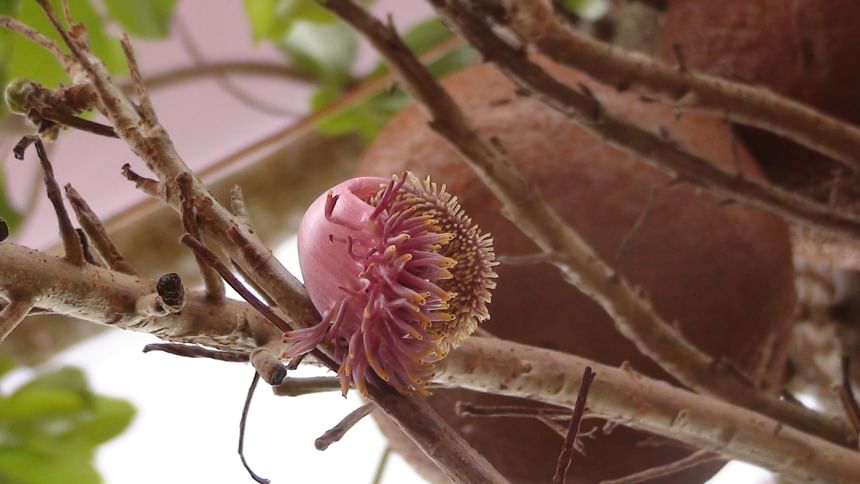
When a bird is lost from an area, that bird also disappears from the language(s) of the people of that region. All beliefs and customs related to that bird disappear as well. Once upon a time there was an animal called Banrui in the Madhupur Sal forests and rainforests of Bangladesh. The extinction of the animal has led to the disappearance of these words and forest-based concepts from the languages of most regions. Mandi's Banrui in A.Chik language is 'Kawathi' and 'Kawtai' in the Koch language. However, the new generation of Mandi and Koch children have no idea about these words. Today's Mandi children will not understand what 'Olamakharai' is. Almost two decades ago, the Bengal slow loris was wiped out from the stated forest areas.
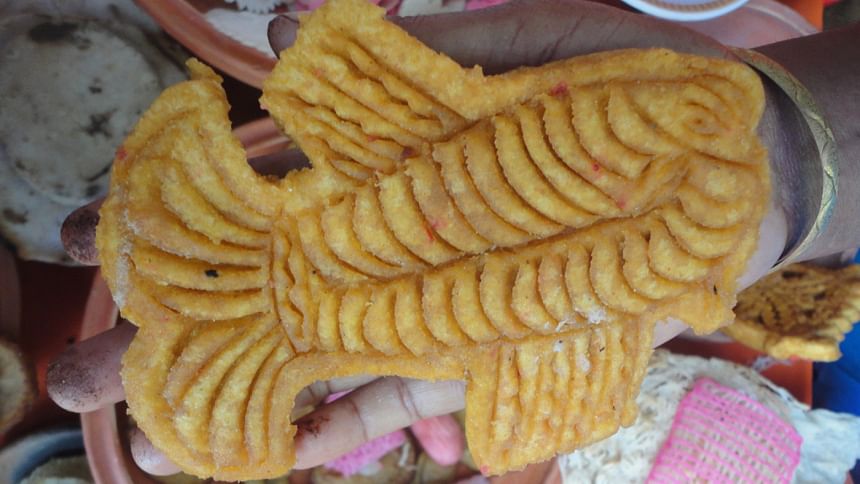
Language and nature of the world in post-corona period
'Chi' is one of the most widely used words in the Khasi, Mandi, Mro and Marma languages of the Mongoloid indigenous groups in the country. In Khasi language, 'Chi' means rice; in Mandi, it means water; in Mro, it means tree; and in the Marma language, it means medicine. The exact same word with the same pronunciation holds different meanings in the languages of different regions. This is the beauty of language. A language is lost every two weeks. About 4,000 languages have vanished in the last 100 years. Who knows how many languages are going to disappear during this pandemic. Do we really care if a marginalised community faces crisis in terms of their language?
Life after corona will be more challenging if the world continues its mindless war against the nature. Threats to life and nature will make the survival of endangered languages less and less likely. It means that in the post-corona period, biodiversity conservation strategies must consider the marginality of nature and culture.
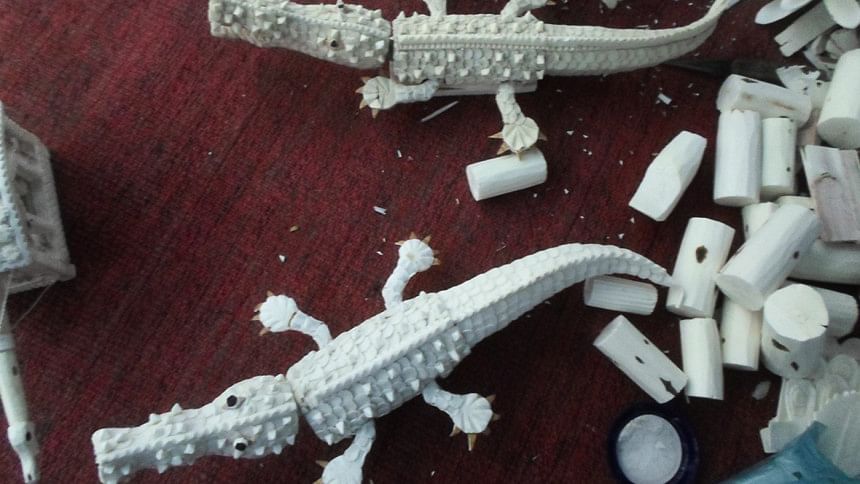
Licho's departure and the global environmental question
It is said that the survival of a language depends on the number of speakers of that language. Even with 5,000 speakers, a language may go extinct. Licho, the daughter of King Jirok of the Andaman-Nicobar Island in India, was the last practising speaker of the language Sare, which belonged to the family of the present Great Andamanese (PGA) language. Licho died on April 4, 2020, during the spread of the coronavirus. A living language died on that day. The death of Licho and Sare language brings forward an environmental question. How should we look at the marginalisation of nature and culture? Why do tigers or vultures or the Sare language or indigenous life remain marginalised within mainstream neoliberal thinking? To preserve our culture and biodiversity we have to find answers to these critical questions.
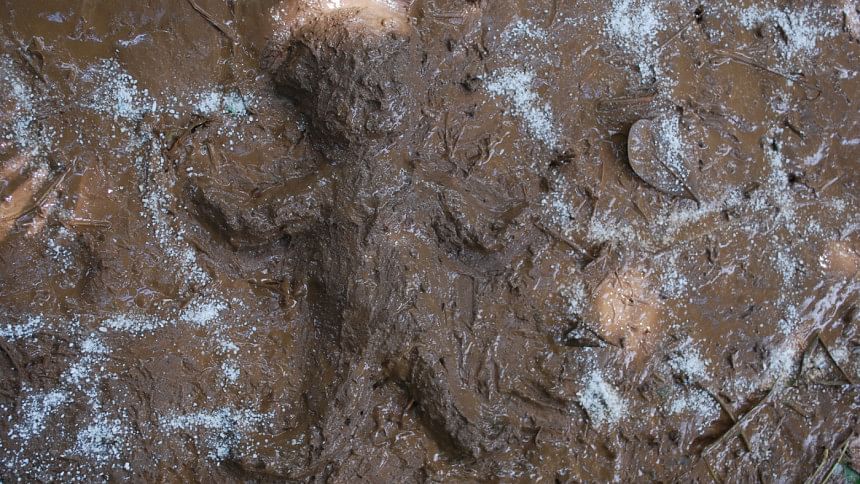
Pavel Partha is a researcher of ecology and biodiversity conservation.
E-mail: [email protected]
Translation: Md. Mahfuj Hassan Bhuiyan and Ramisa Rahman

 For all latest news, follow The Daily Star's Google News channel.
For all latest news, follow The Daily Star's Google News channel. 



Comments